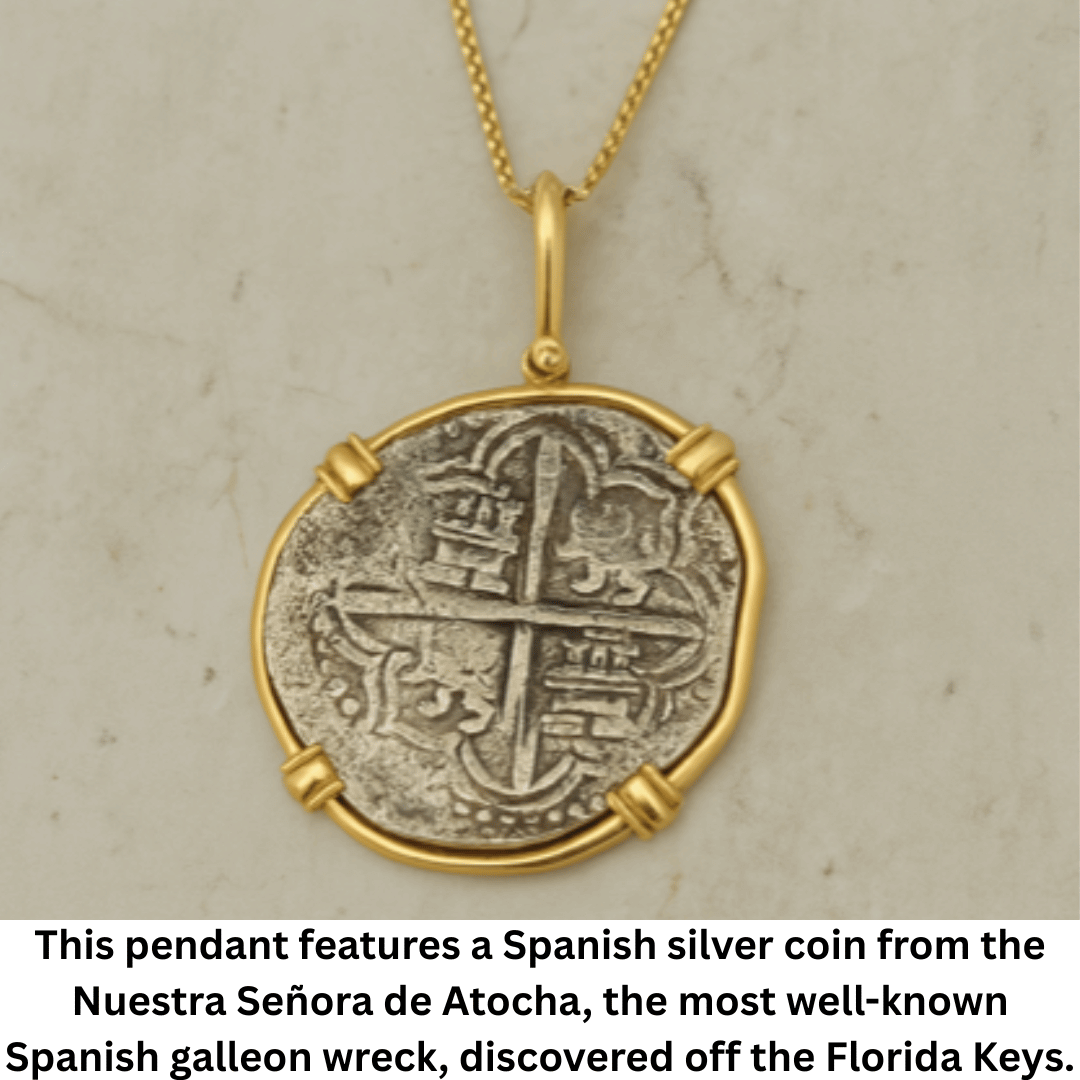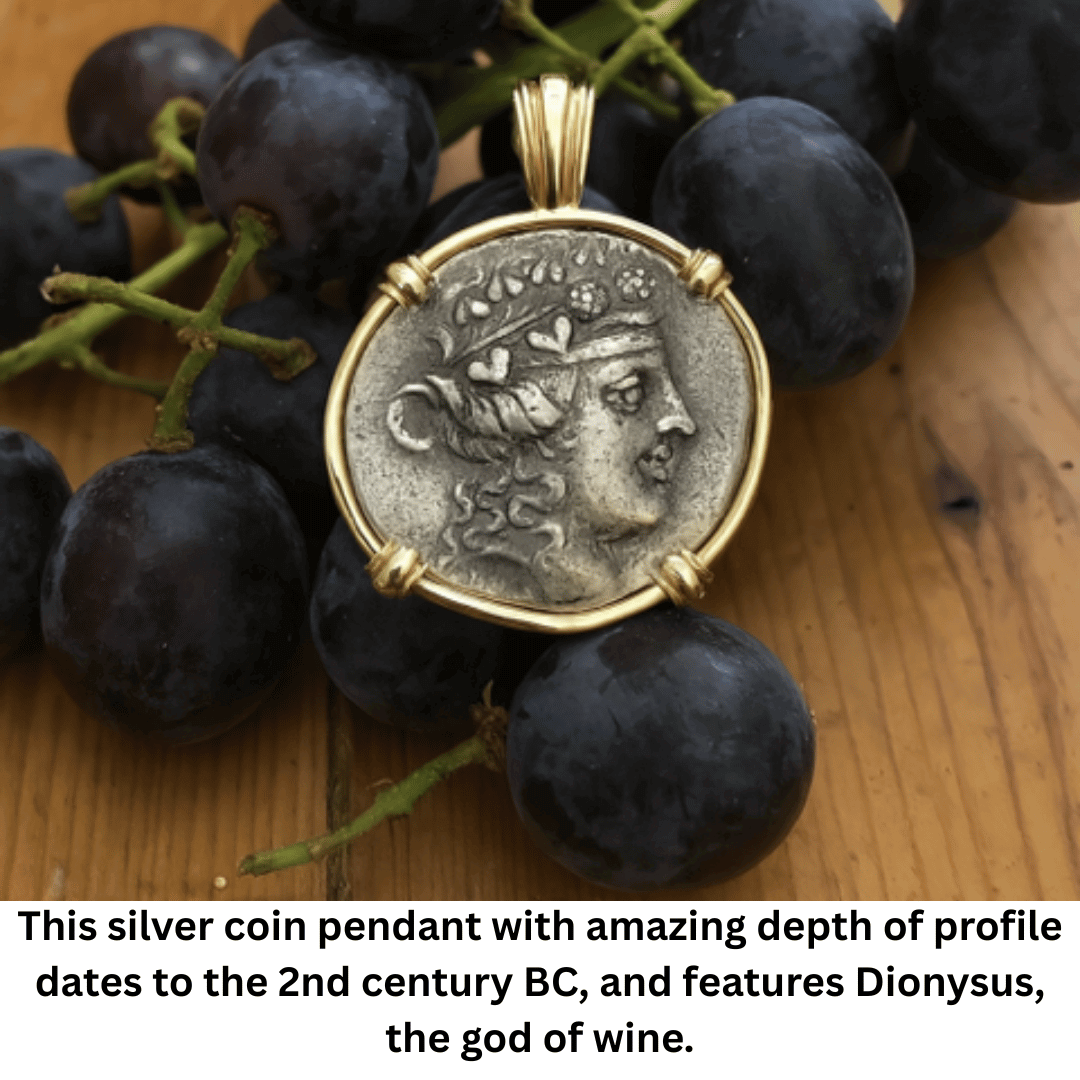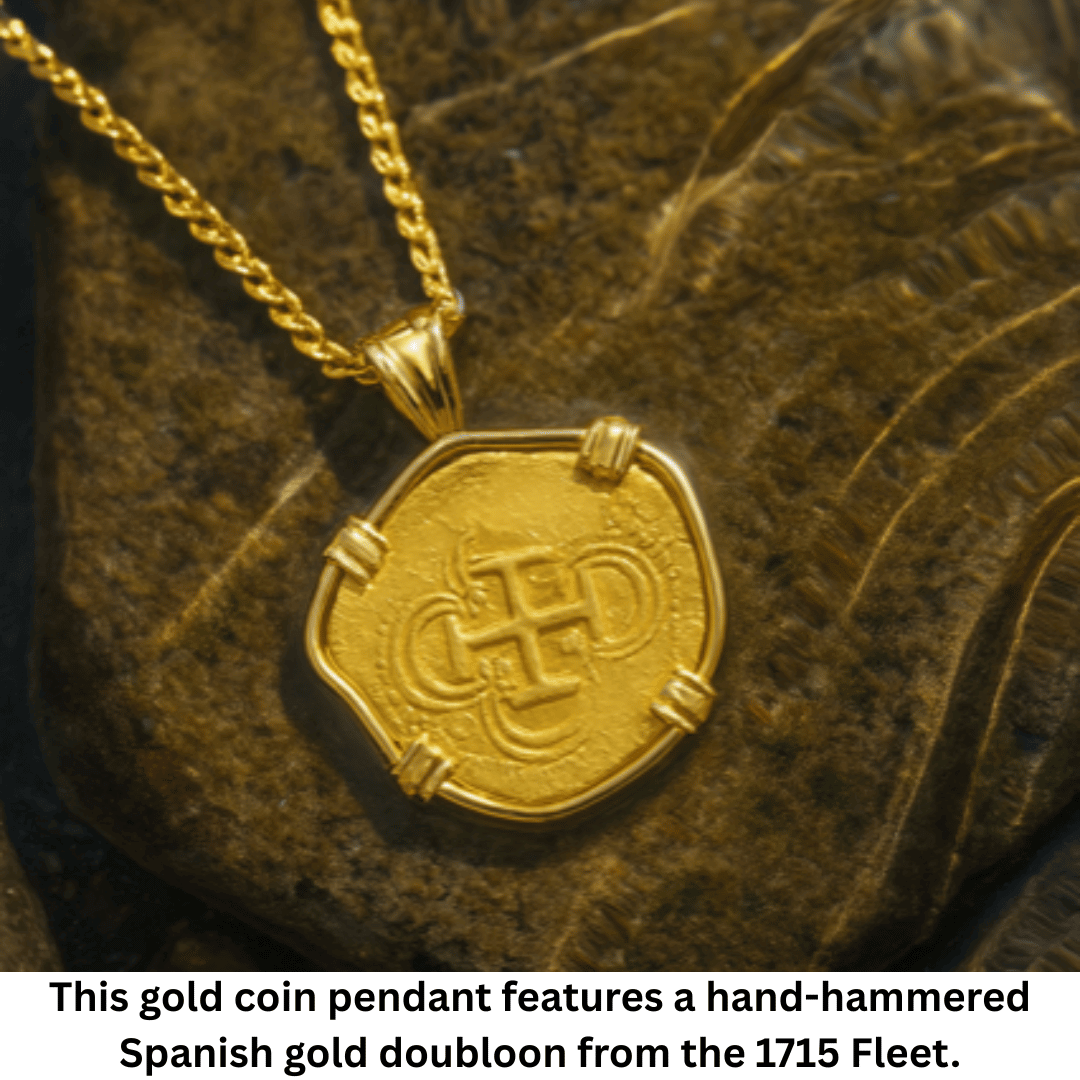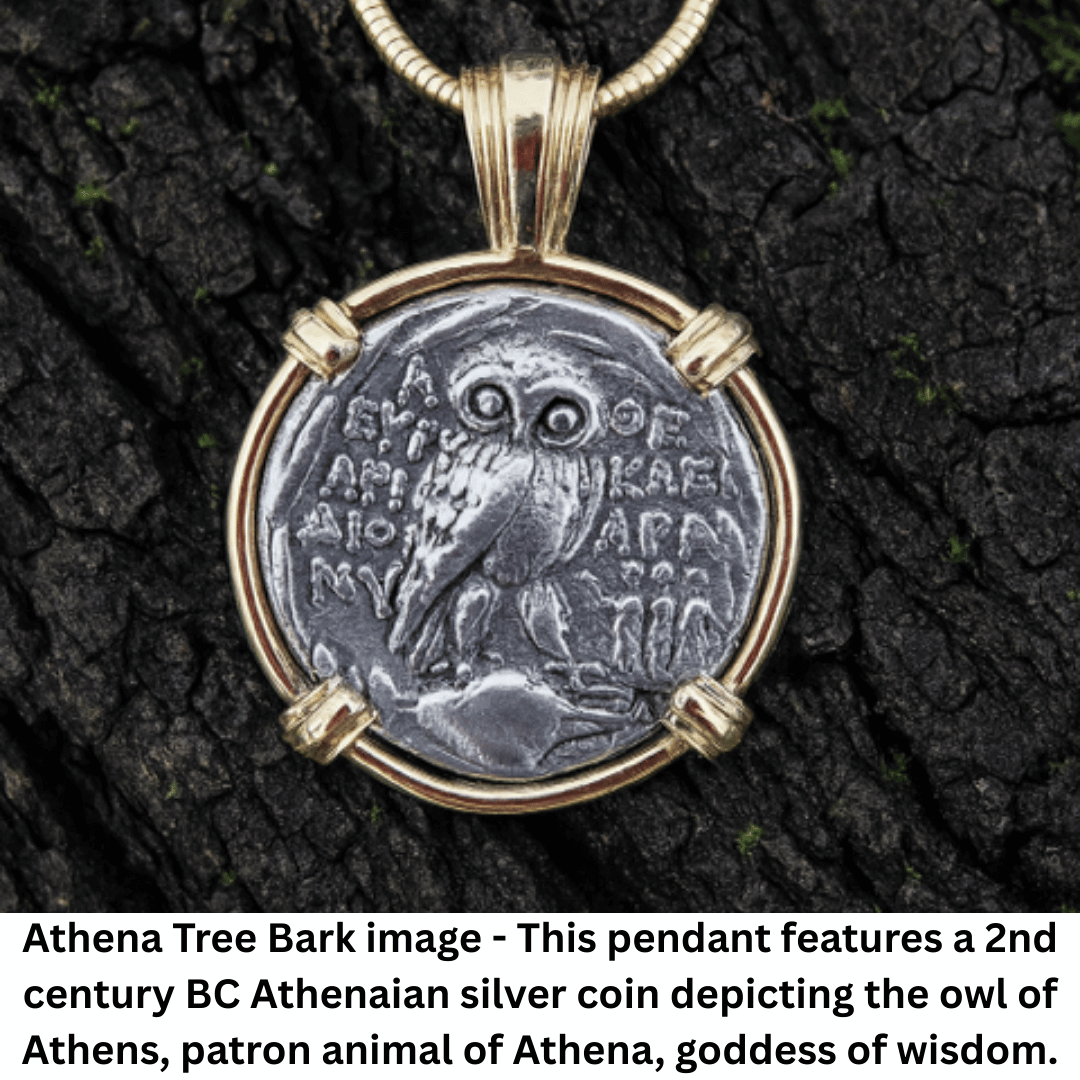In July 1715, a fleet of Spanish galleons inched north along Florida’s east coast, their holds stuffed with gold and silver from Lima, Santa Fe de Bogotá, and Mexico City. On July 31, around 2 a.m., the sky turned hard and black; a hurricane struck with almost no warning. By dawn, eleven ships lay broken across the beaches between present-day Sebastian Inlet and Fort Pierce, their cargo scattered  like confetti along thirty miles of coastline. Contemporary accounts record roughly 1,500 lives lost. The single escorting French frigate, Le Grifon, survived only because it had ranged farther offshore in search of safer winds.
like confetti along thirty miles of coastline. Contemporary accounts record roughly 1,500 lives lost. The single escorting French frigate, Le Grifon, survived only because it had ranged farther offshore in search of safer winds.
Not long afterward, Spanish salvage crews began probing the shallow wreck sites, recovering tons of treasure for the crown. Yet much more remained hidden beneath the water and shifting sands. Three centuries later, the “Treasure Coast” (a 70-80 mile stretch of Atlantic shoreline covering Indian River, St. Lucie, and Martin counties) still earns its name as beachcombers occasionally stumble upon a piece-of-eight coin—its irregular, hand-cut edge and bold cross unmistakable—after a strong nor’easter.
Big Blue Treasures, LLC: Balancing Commerce and Stewardship
Since the 1960s, the recovery of the 1715 Fleet has been governed by federal and state laws that require a portion of the significant cultural material to remain in public trust. Up to 20 percent of annually recovered material is donated to Florida’s Bureau of Archaeological Research.
Enter Big Blue Treasures, LLC (BBT), which works with teams of salvage captains, conservators, and numismatists who have spent more than three decades working Spanish colonial wreck sites under federal admiralty claims. The company’s president and founder, Mel King, built his career marketing shipwreck coins and artifacts from the Golden Age of Piracy. Today, BBT’s collection encompasses more than thirty documented shipwreck locations across the Caribbean, the Gulf of Mexico, the Atlantic, and beyond.
 In July 2015, marking the 300th anniversary of the 1715 Fleet’s sinking, BBT collaborated on a recovery that yielded more than 350 gold doubloons, with an estimated value of $4.5 million. This find was recorded as the fourth-largest gold coin discovery in Florida, drawing renewed public attention to the wreck of the Spanish treasure fleet.
In July 2015, marking the 300th anniversary of the 1715 Fleet’s sinking, BBT collaborated on a recovery that yielded more than 350 gold doubloons, with an estimated value of $4.5 million. This find was recorded as the fourth-largest gold coin discovery in Florida, drawing renewed public attention to the wreck of the Spanish treasure fleet.
From Seabed to Showcase
Unlike many recovery outfits that sell primarily through private channels, BBT brings its artifacts directly to the public via the Colorado Mineral & Fossil Fall Show, September 5–10 at the Delta Hotel, I-25 and 120th Avenue, Northglenn, Colo. At this show, visitors can handle silver pieces-of-eight and gold doubloons in various conservation stages, compare them with specimens from earlier wrecks such as the Atocha (1622) or Concepción (1641), and see how BBT designers transform irregular pieces-of-eight into contemporary jewelry without erasing their history. The booth also features ancient Greek and Roman coin jewelry—silver coins from the age of Alexander the Great, silver denarii of the Roman Empire, and Widow’s Mites written about in the Bible—connecting maritime history to a broader continuum of numismatic art.
Why It Matters
For collectors, a shipwreck coin is a tangible link to a golden age of empires, piracy, and the unforgiving fates of wind and sea. Each hammer-struck cross, each assayer’s initial, is a data point in the economic history of the Spanish colonial empire—from Mexican silver mines to Seville countinghouses. By tracing die matches and mint marks across dozens of wrecks, scholars can map trade routes and even identify smuggling patterns.
Modern shipwreck salvage sits at the intersection of academic detective work and the tangible thrill of discovery. Whether sifting through magnetometer targets twenty feet underwater or translating the Latin inscriptions and iconography of coins, the BBT team bridges centuries so that you can hold history in the palm of your hand.
Looking Ahead
Three hundred ten years after that catastrophic hurricane, the 1715 Fleet is still surrendering secrets—sometimes a gold doubloon that gleams like new, sometimes a corroded lump that reveals its identity only after long immersion in an electrolytic bath. In both cases, Big Blue Treasures ensures the narrative does not end at the bottom of the sea. Through disciplined archaeology, public engagement, and a passion for the romance of lost ships, Big Blue Treasures is keeping the history of the 1715 Fleet alive.
Come, see for yourself.




